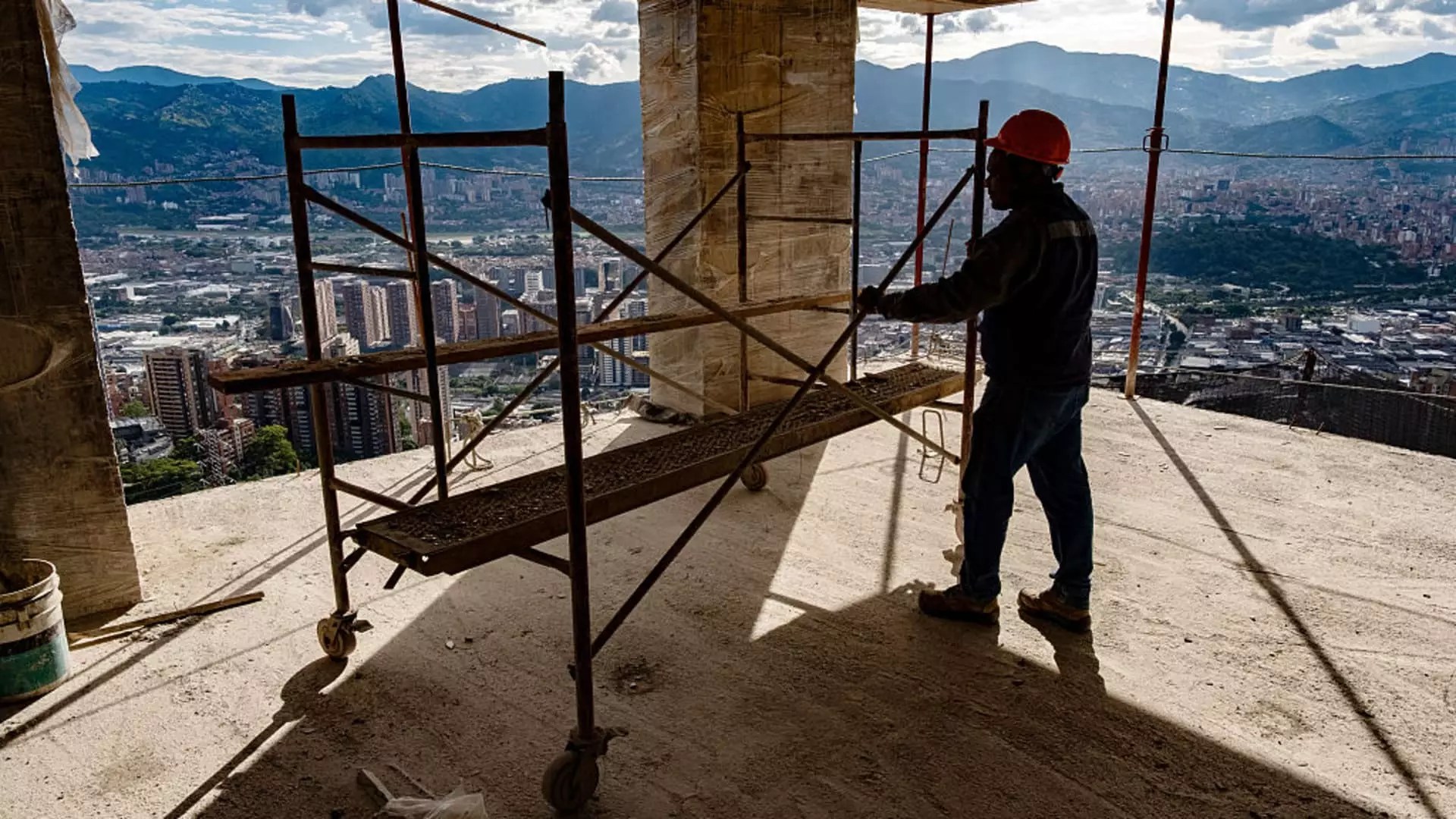Construction and homebuilding have long been emblematic of sluggish progress in the modern economy. Despite its colossal scale and undeniable importance, our industry remains grossly outdated—clinging to antiquated practices that hinder efficiency, inflate costs, and contribute unnecessarily to environmental degradation. This stagnation isn’t just a minor inconvenience; it’s a systemic failure that drains nearly a trillion dollars from global productivity annually, according to recent insights from McKinsey. The resistance to adopting advanced technology is not merely about lagging behind but about actively impeding sustainable growth and responsible development. In an era where digital transformation is reshaping entire sectors, construction industry’s failure to modernize signifies a significant missed opportunity that must be addressed urgently.
Why the Industry’s Resistance to Innovation is a Moral and Economic Issue
One of the most striking aspects of this industry’s inertia is the minimal investment in technology—less than 1% of revenues allocated to IT, a stark contrast to sectors like automotive and aerospace that dedicate several times more. This underinvestment has real-world consequences. It leads to errors in documentation, miscommunications, and project delays that balloon budgets and waste resources. More troubling is the environmental impact: inefficiencies on construction sites—caused by outdated practices—generate unnecessary carbon emissions. Each misstep, each rework, contributes to environmental harm, which is aggravating our climate crisis. The industry’s reluctance to innovate isn’t just an economic failure; it’s a moral failing that compromises our collective responsibility toward sustainable living.
Personal Stories Highlight the Human Cost of Industry Neglect
Amidst this landscape of stagnation, stories like Sarah Buchner’s expose the personal toll behind the statistics. Raised in a family of carpenters, Buchner’s journey from a construction worker to a safety-focused entrepreneur underscores the potential for positive change when passion meets purpose. Her experience with a tragic fatality on-site left an indelible mark, fueling her desire to improve industry safety and efficiency through technology. Her transition from the field to tech reflects an essential truth: innovation must be rooted in real-world understanding and driven by genuine concern for workers’ safety. Her creation of Trunk Tools, an AI-powered platform, exemplifies how technological ingenuity can address longstanding issues—reducing errors, clarifying complex documentation, and ultimately saving lives.
The Promise of Technology as a Catalyst for Transformation
The advent of AI and machine learning offers a pathway out of the industry’s stagnation—yet adoption remains sluggish. Trunk Tools’ innovative approach, training AI on real construction workflows to parse vast quantities of unstructured data, illustrates a critical leap forward. By restructuring millions of pages of blueprints, schedules, and specifications into clear, searchable formats, the platform empowers workers and project managers alike. Not only does this streamline operations and prevent costly rework, but it also reduces material waste and decreases the carbon footprint. The partnership with Microsoft exemplifies the industry’s potential to integrate cutting-edge technology into mainstream practices, shifting the industry toward greater efficiency and accountability.
Change Won’t Come Without a Push
Despite promising developments and rising investments—such as Trunk Tools’ recent $40 million funding round—the broader industry remains resistant to comprehensive change. This resistance stems partly from deeply entrenched practices, risk aversion, and a lack of regulatory pressure to modernize. What’s required now is a cultural shift that recognizes the moral imperative to address environmental concerns, worker safety, and economic efficiency. If constructed with the same innovation and urgency that other sectors have embraced, construction can transform from a bottleneck into a leader of sustainable industry practices. The question is whether industry stakeholders will muster the courage and vision necessary for this leap—before the costs of inaction become irreparably damaging to society and our planet.

